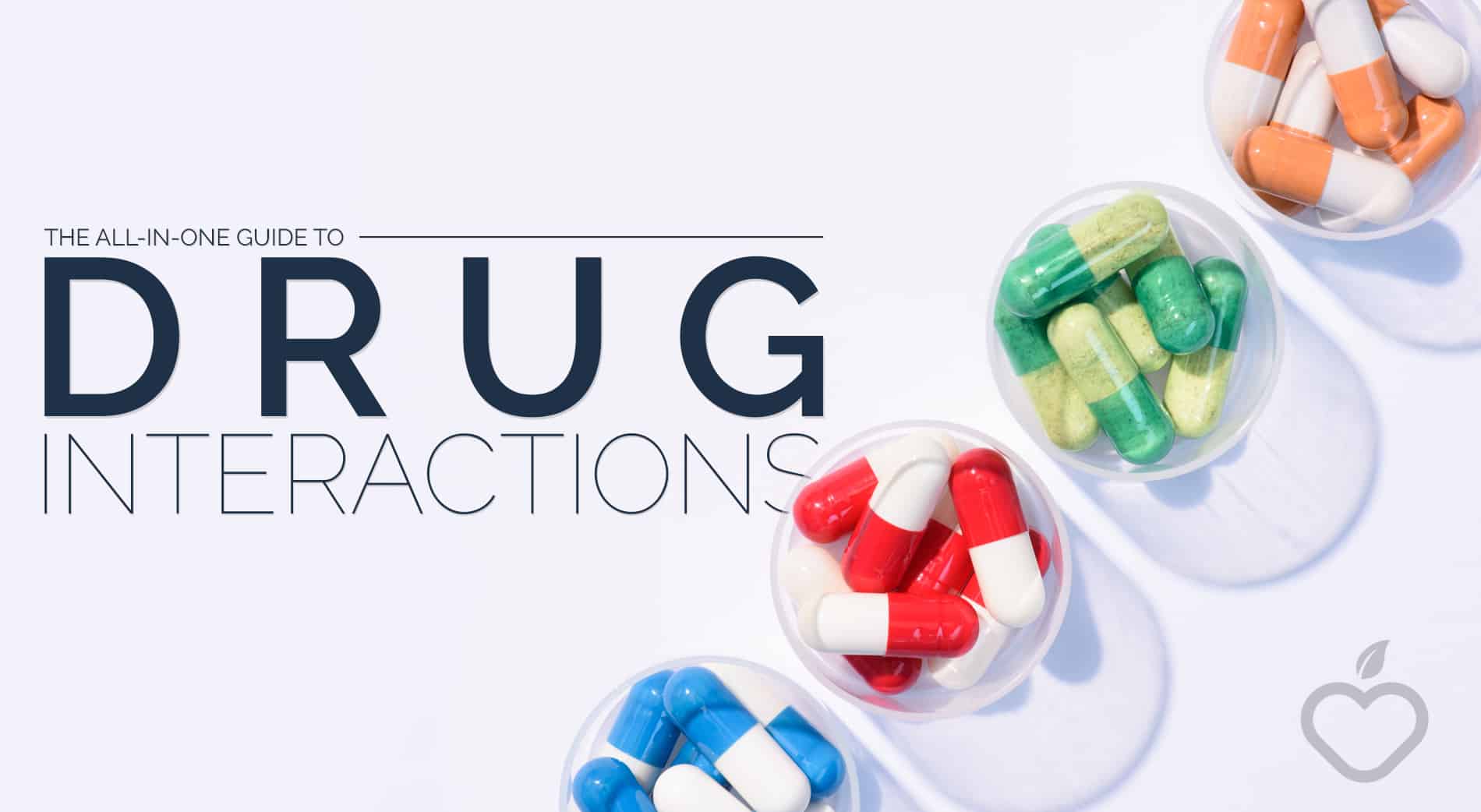What is Drug Interaction? Types, Symptoms, and Prevention
Introduction
A drug interaction occurs when one drug affects the activity, efficacy, or side effects of another drug, or when a drug interacts with food, supplements, or certain medical conditions. In pharmaceutical development, understanding drug interactions is critical for ensuring drug safety, efficacy, and compliance with regulatory standards.
Types of Drug Interactions
- Drug-Drug Interactions
- Occur when two or more drugs taken together alter each other’s effects. These interactions can either enhance or inhibit the intended action of one or both drugs, which may lead to serious safety concerns.
- Example: Co-administration of certain antibiotics with statins can increase the risk of muscle damage.
- Drug-Food Interactions
- Certain foods can influence drug absorption, metabolism, and elimination, potentially altering therapeutic outcomes.
- Example: Grapefruit juice inhibits enzymes in the liver, leading to increased concentrations of certain drugs like statins, which can increase the risk of side effects.
- Drug-Supplement Interactions
- Herbal or nutritional supplements may interact with medications, affecting how they work within the body.
- Example: St. John’s Wort can reduce the effectiveness of certain antidepressants or birth control pills by increasing their metabolism.
- Drug-Condition Interactions
- Some drugs may aggravate existing medical conditions, making it necessary to consider the patient’s health profile when prescribing medication.
- Example: Beta-blockers can exacerbate respiratory conditions like asthma or chronic obstructive pulmonary disease (COPD).
Importance of Managing Drug Interactions in Drug Development
Managing and anticipating drug interactions is a crucial part of the drug discovery and development process. For pharmaceutical companies, understanding these interactions is essential for several reasons:
- Safety: Anticipating potential interactions ensures patient safety during clinical trials and beyond, minimizing adverse effects caused by multi-drug treatments.
- Efficacy: Optimizing drug combinations and understanding potential interactions ensures that treatments achieve their intended therapeutic effects without being compromised by other factors.
- Regulatory Compliance: Regulatory agencies like the FDA and EMA require comprehensive studies of various drug interactions during the drug approval processes. Failure to account for significant interactions can result in delayed approval or additional clinical trials.
Analytical Approaches to Study Drug Interactions
Understanding drug interactions is a crucial aspect of drug development. Analytical tools and methods are employed to predict, assess, and mitigate potential interactions, ensuring drug safety and efficacy. Key methods include.
- In Vitro Studies: Testing in cell cultures or tissues identifies how drugs interact at a molecular level, providing early insights into potential risks.
- In Vivo Models: Animal studies assess systemic impacts, including pharmacokinetic changes, toxicity, and physiological responses to drug combinations.
- Pharmacokinetic Studies: These studies evaluate how drugs are absorbed, distributed, metabolized, and excreted (ADME), offering clarity on potential interaction effects.
- Computational Tools: Predictive models, such as physiologically based pharmacokinetic (PBPK) simulations, forecast drug interactions before clinical trials.
- Analytical Techniques: Methods like chromatography and mass spectrometry quantify drug levels and metabolites, aiding in precise interaction assessments.
- Clinical Trials: Interaction-specific trials monitor co-administered drugs in patients, ensuring safety and efficacy under real-world conditions.
Addressing Drug Interactions in Development
Addressing drug interactions during drug development is essential to ensure safety, efficacy, and minimize risks to patients. Some of the solutions used to identify, mitigate, and manage drug interactions in the development process:
- Integrated Screening and Collaboration
- Combining early-stage in vitro studies, high-throughput screening (HTS), and pharmacokinetic (PK) modeling allows for the early identification of potential interactions. Collaboration between pharmacology, medicinal chemistry, and clinical teams ensures that these insights guide compound optimization and mitigate risks throughout the drug’s lifecycle.
- Advanced Analytical Chemistry
- Sophisticated analytical techniques, including chromatography and mass spectrometry, are used to study drug behavior, quantify metabolites, and identify potential interaction pathways. These detailed studies provide essential data for regulatory submissions and further development.
By integrating early screening methods and advanced analytical tools with cross-functional collaboration, pharmaceutical companies can proactively address drug interactions, ensuring safer and more effective drug candidates progress through development. Aragen Life Sciences provides comprehensive solutions for drug discovery, including in vitro assays, DMPK and advanced analytical chemistry services, to support the identification and management of drug interactions at every stage of the development process.


